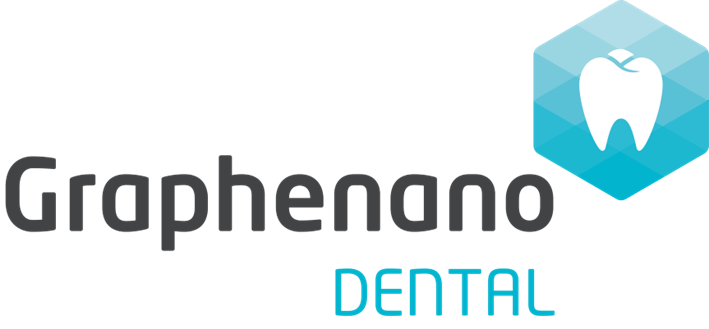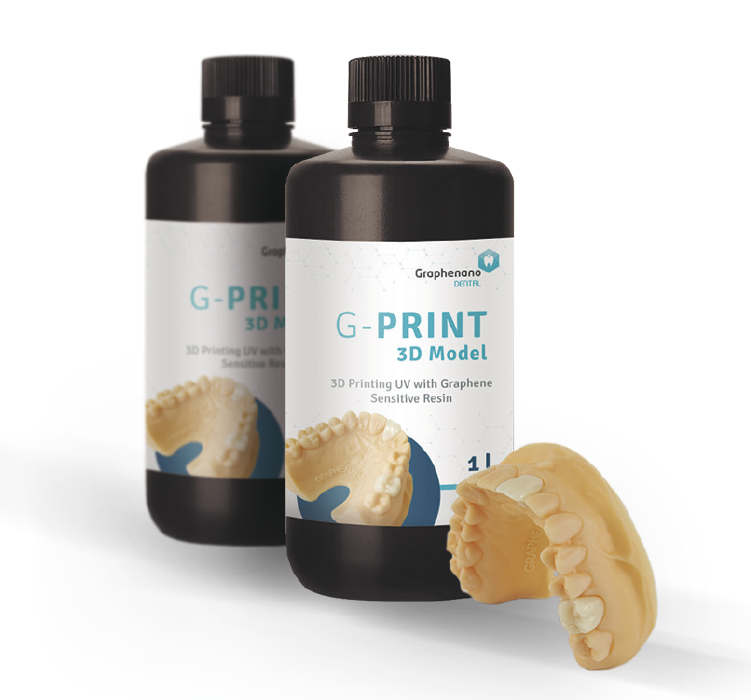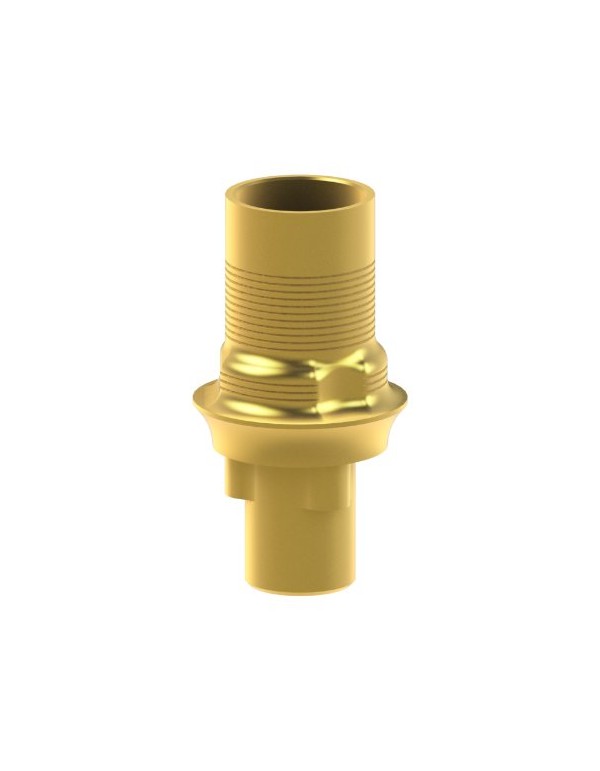
Graphenano Dental emerged from its own studies on the reinforcement of polymer matrices, becoming a pioneer in incorporating graphene nanotechnology into dentistry with the aim of meeting the needs of the sector. Since its inception, the company has pursued a new material with novel properties that is versatile, easy to work with, precise and durable, as well as structurally stable, biodynamic and biocompatible. Thanks to graphene, and specifically to the doping of resins with this nanomaterial, it has successfully launched its first product: the G-CAM disc for CAD/CAM milling.
Recommended Uses
Specific material for final dental prothesis. Available in a wide chromatic range, according to G-CAM Shade Guide, approximate to the VITA® guide.
Description
The biopolymer discs nanoreinforced with G-CAM graphene feature an increase in flexibility and superficial hardness. Their specific weight is the same as natural dentition. They allow for an even distribution of the chewing load and the absorption of external occlusal loads.
Characteristics
Packaging dimensions : 11 x 10.5 x 4.5 cm
Available formats : Mono-chroma, Multi-chroma
Available thicknesses : 14mm, 16mm, 18mm, 20mm, 22mm, 24mm, 26mm, 30mm
Available diameters : 98.5 mm, 95 mm
Colorimetry : The colorimetry, based on the VITA Classical guide, is not only limited to intermediate colours but also allows for more colours to be obtained using light-curing surface makeup in laboratories.

Recommended Uses
Resin for solid or hollow 3D printing of complete, partial or removable dental models.
Description
Ideal for duplicating with silicone or gelatin, as well as for the manufacture of splints, aligners, etc. using thermoforming techniques.
Printing and processing parameters developed specifically for resin offer optimal manufacturing processes with reproducible results every time.
The dimensional stability and smooth, pore-free surfaces of the printed models are the ideal basis for the fabrication of high-precision restorations.
It can be isolated from adhering wax and is resistant to moisture; the models can be easily cleaned and its handling during processing is comparable to that of a conventional plaster model.
Optimal visibility of all contours and margins of the models in the skin color of the preparation
Ideal for processing on DLP 3D printers with a wavelength of 385 nm to 405 nm
Easy and error-free handling – the high physical stability of the material minimizes settling during storage and allows for easy mixing.
In-clinic polishing kit
The G-CAM in-office polishing kit allows you to safely and precisely adjust your cemented dental prosthesis.It has four steps: preparation, occlusal touch-up, polishing and shining.
G-CAM polishing kit
The G-CAM laboratory polishing kit for an optimal finish. It has three steps: review, polish and shine.


| Types of Prostheses | Resin + Graphene | PMMA | Metal | Zirconium | Lithium Disilicate |
|---|---|---|---|---|---|
| Individual Crowns | 
|

|

|

|

|
| Bridges up to 3 pieces | 
|

|

|
||
| Bridges of over 2 implants | 
|

|
|||
| Settings | 
|

|

|
||
| Veneers | 
|

|

|
||
| Complete Prostheses | 
|

|
|||
| Direct Rehabilitations and implants | 
|

|
